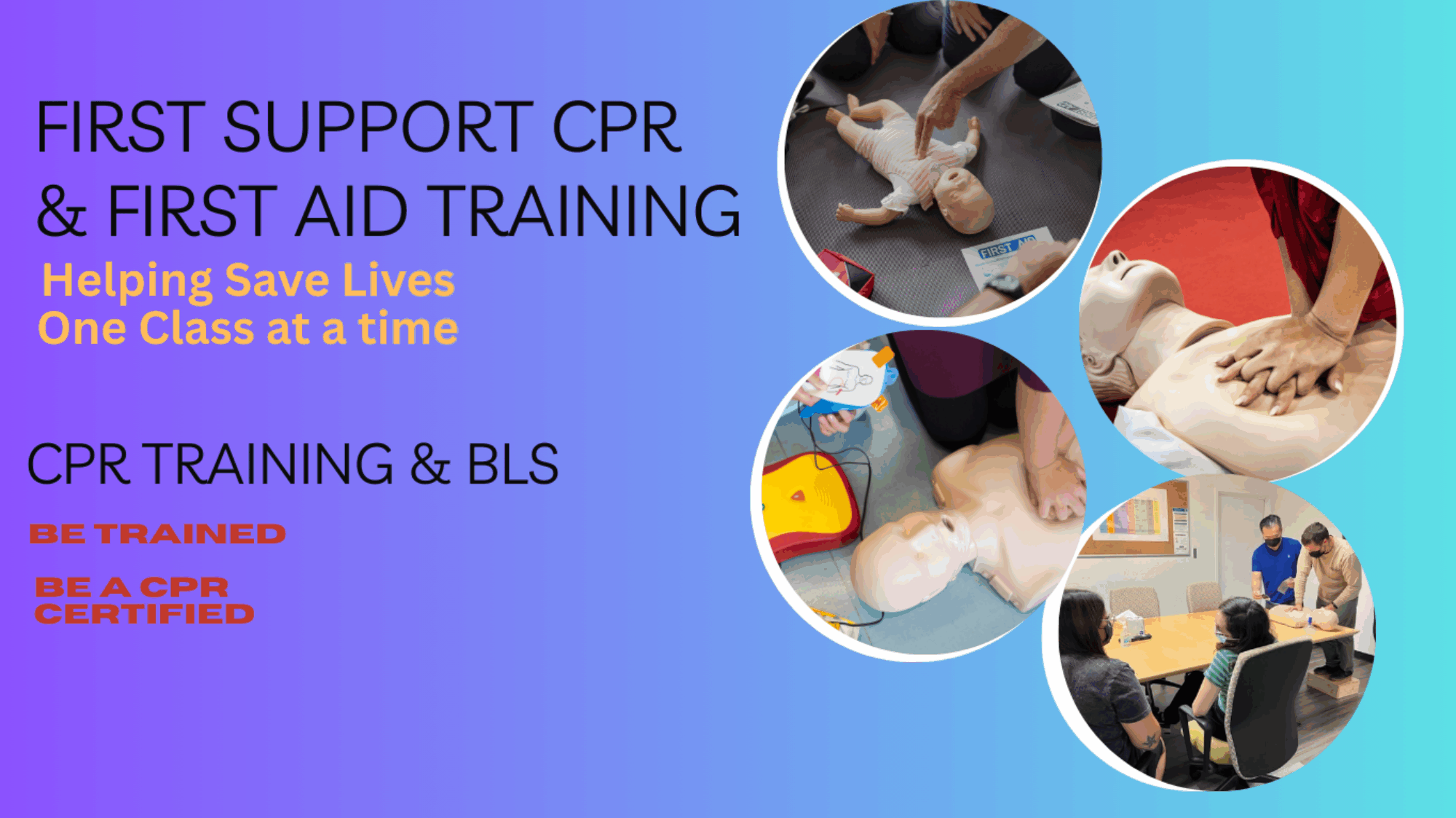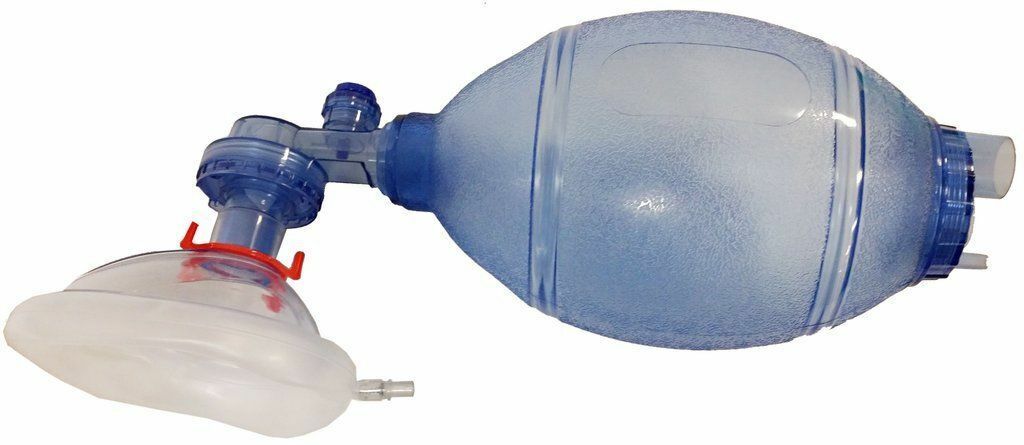
First Support CPR and First Aid Training
Helping Save Lives! One Class at a Time.

Helping Save Lives! One Class at a Time.

A Bag-valve-mask (BVM) ventilation using a two-handed mask–face seal has been shown to be better than the one-handed mask–face seal during cardiopulmonary resuscitation (CPR).
To compare CPR quality metrics during simulation-based two-rescuer CPR with a modified two-handed mask–face seal technique and two-rescuer CPR with the conventional one-handed mask–face seal technique.
Participants performed two-rescuer CPR on a simulation manikin and alternated between the modified and conventional CPR methods. For the modified method, the first rescuer performed chest compressions and thereafter squeezed the BVM resuscitator bag during the ventilatory pause, while the second rescuer created a two-handed mask–face seal. For the conventional method, the first rescuer performed chest compressions and the second rescuer thereafter delivered rescue breaths by creating a mask–face seal with one hand and squeezing the BVM resuscitator bag with the other hand.
Among the 40 participants that were enrolled, the mean ± standard deviation (SD) delivered respiratory volume was significantly higher for the modified two-rescuer method (319.4 ± 71.4 mL vs. 190.2 ± 50.5 mL; p < 0.0001). There were no statistically significant differences between the two methods with regard to mean ± SD compression rate (117.05 ± 9.67 compressions/min vs. 118.08 ± 10.99 compressions/min; p = 0.477), compression depth (52.80 ± 5.57 mm vs. 52.77 ± 6.77 mm; p = 0.980), chest compression fraction (75.92% ± 2.14% vs. 76.57% ± 2.57%; p = 0.186), and ventilatory pause time (4.62 ± 0.64 s vs. 4.56 ± 0.43 s; p = 0.288).
With minor modifications to the conventional method of simulated two-rescuer CPR, rescuers can deliver significantly higher volumes of rescue breaths without compromising the quality of chest compressions.
© 2025 First Support CPR & First Aid Training. All rights reserved.